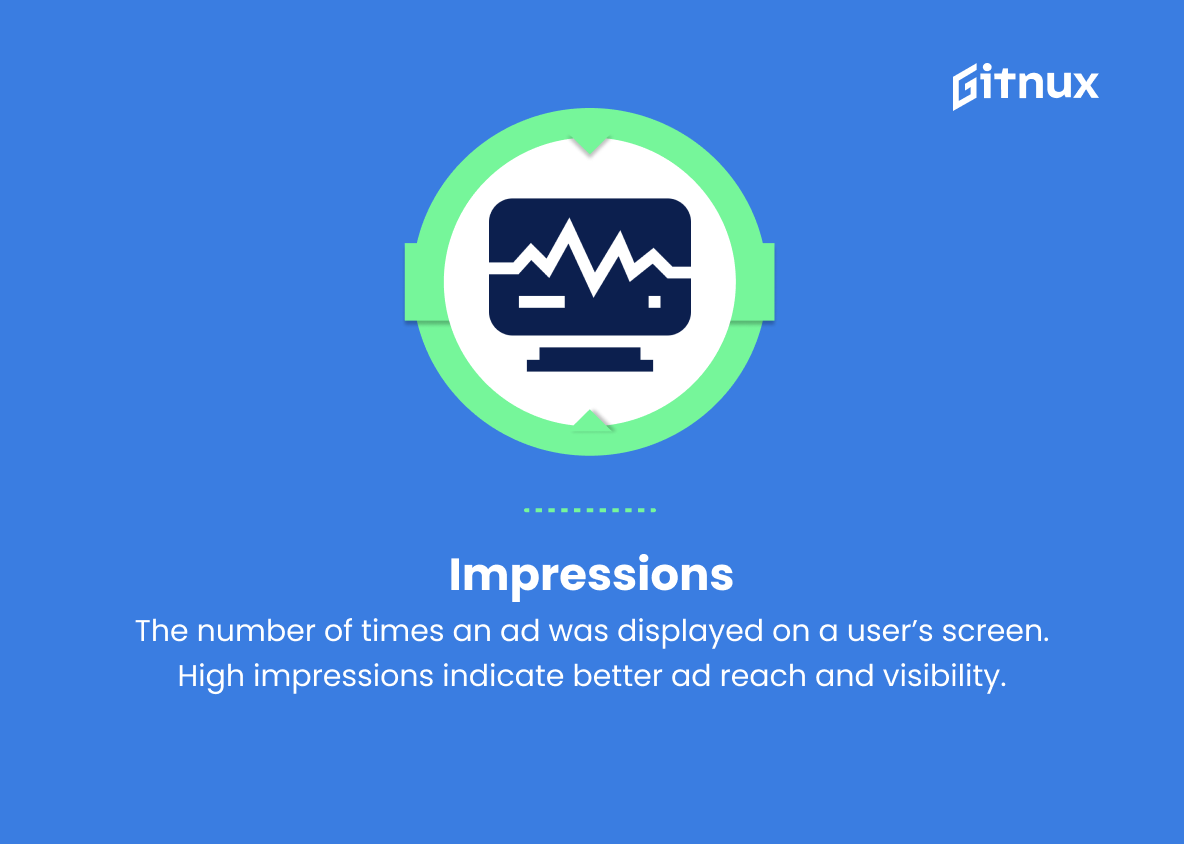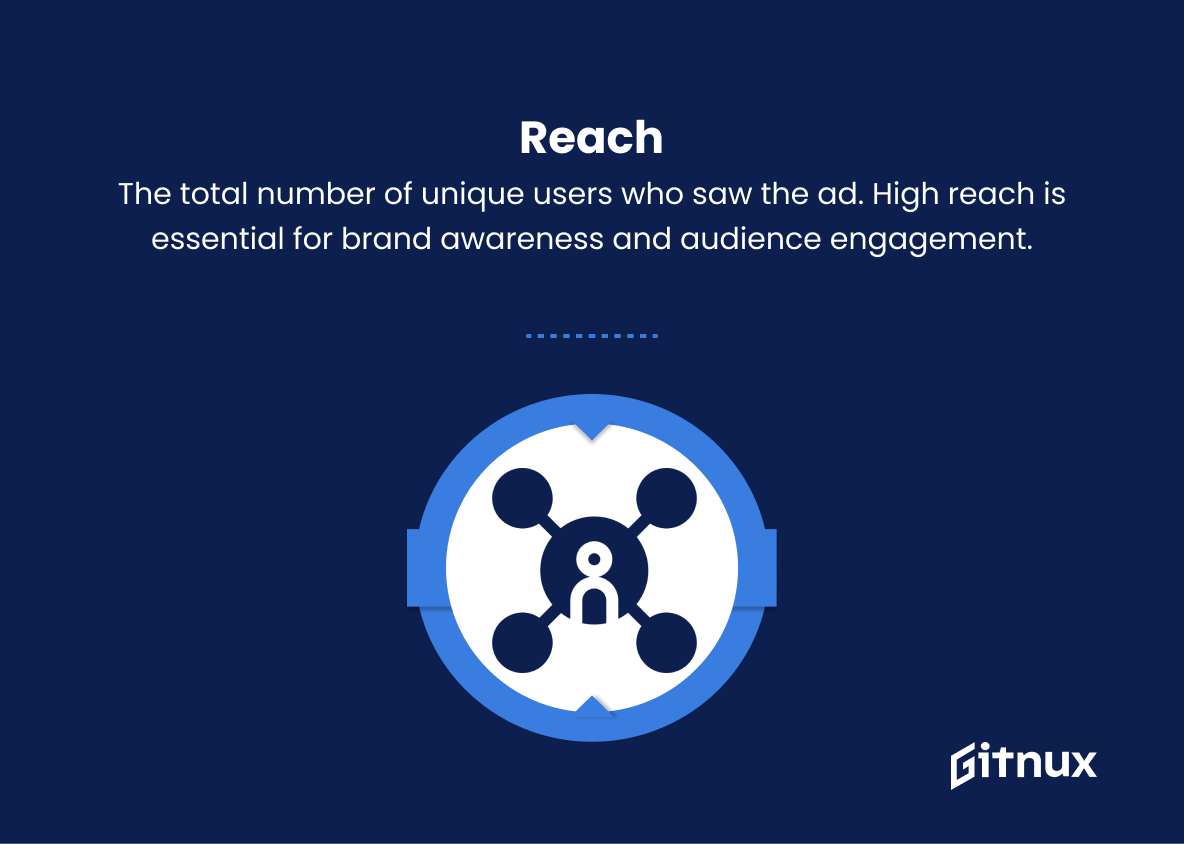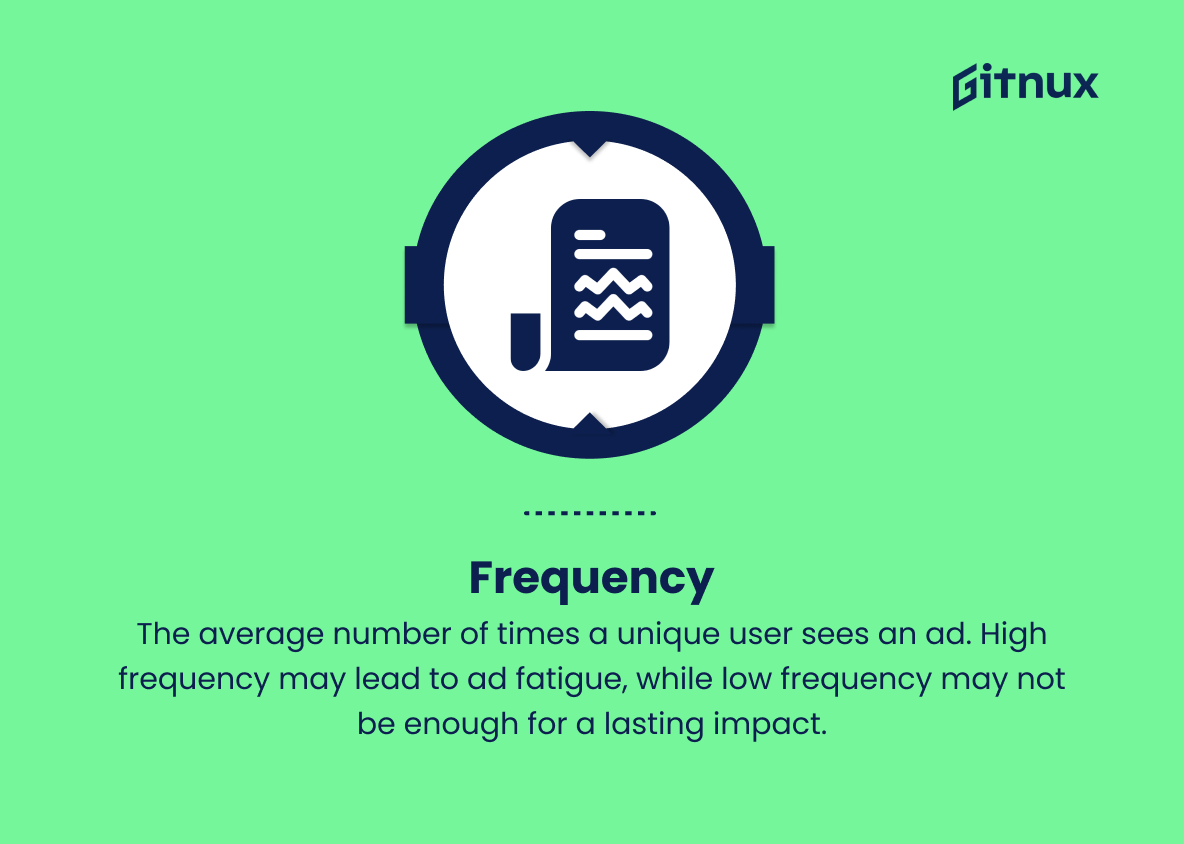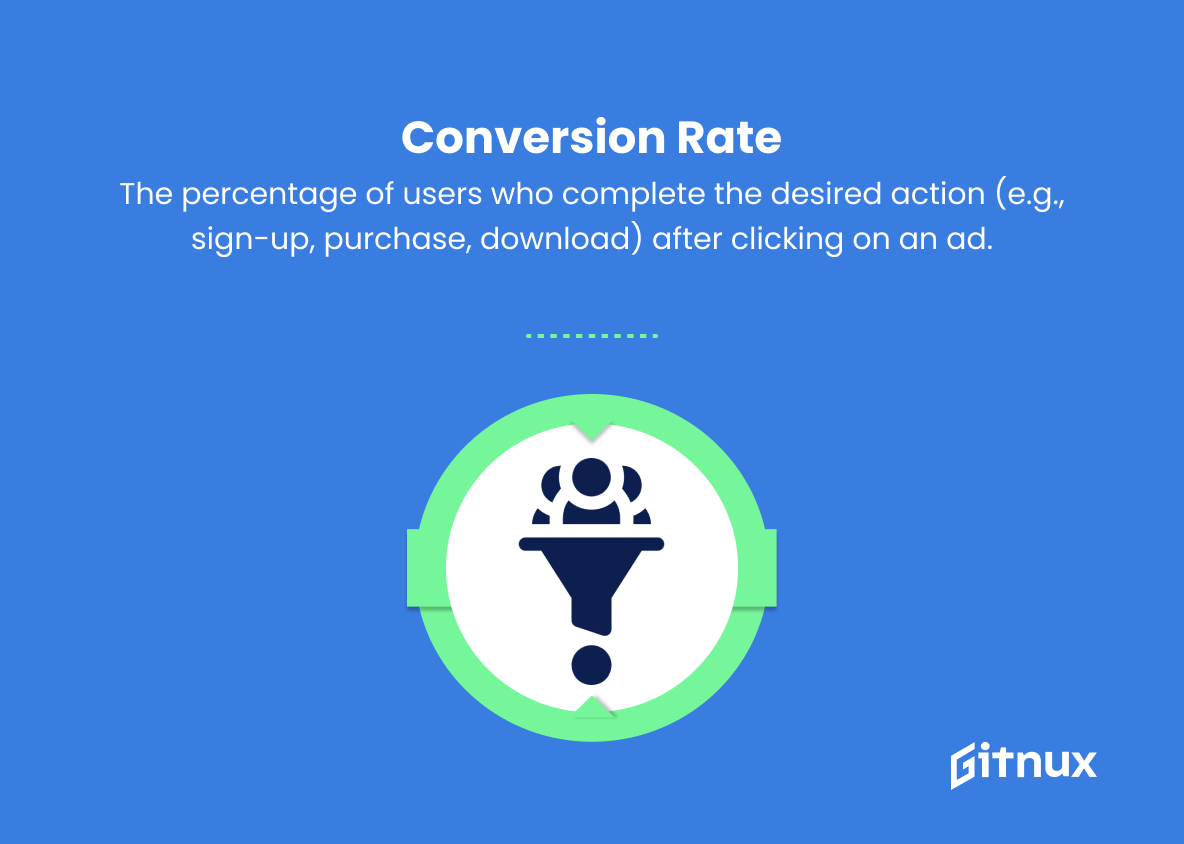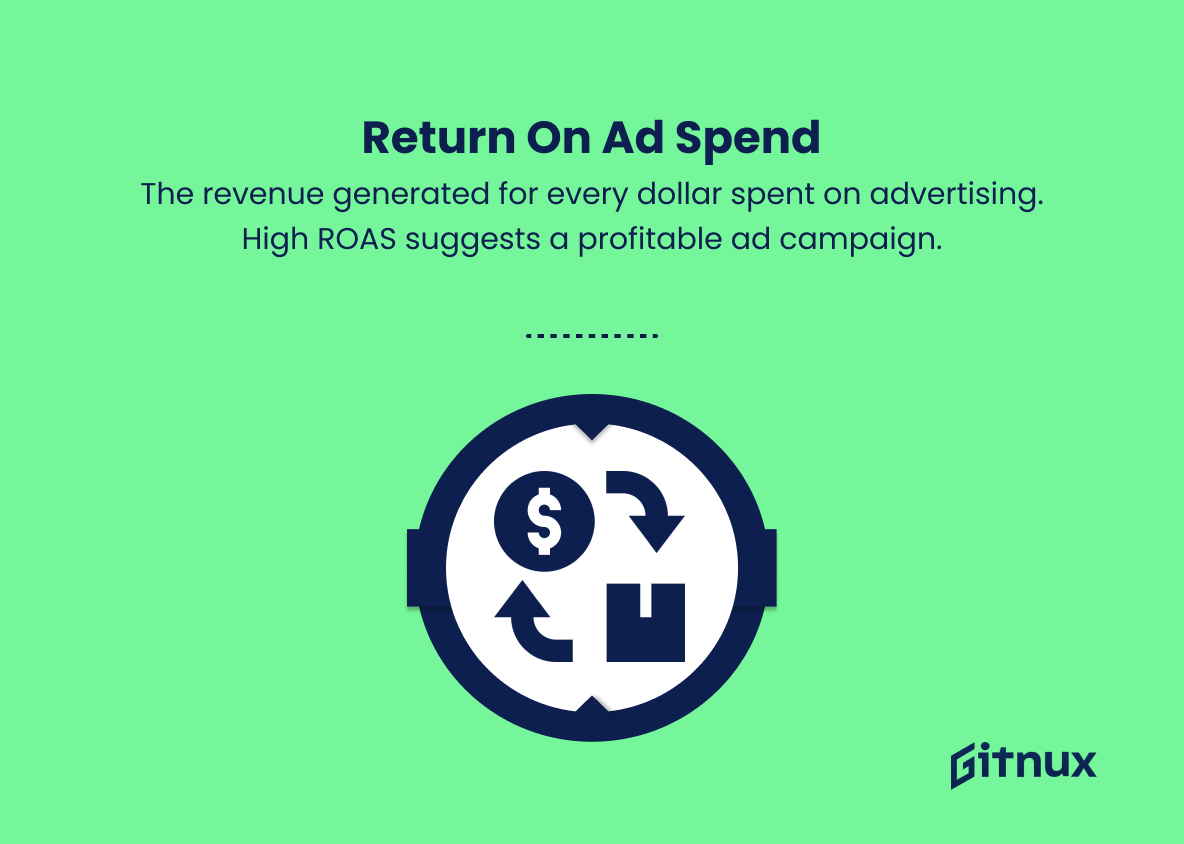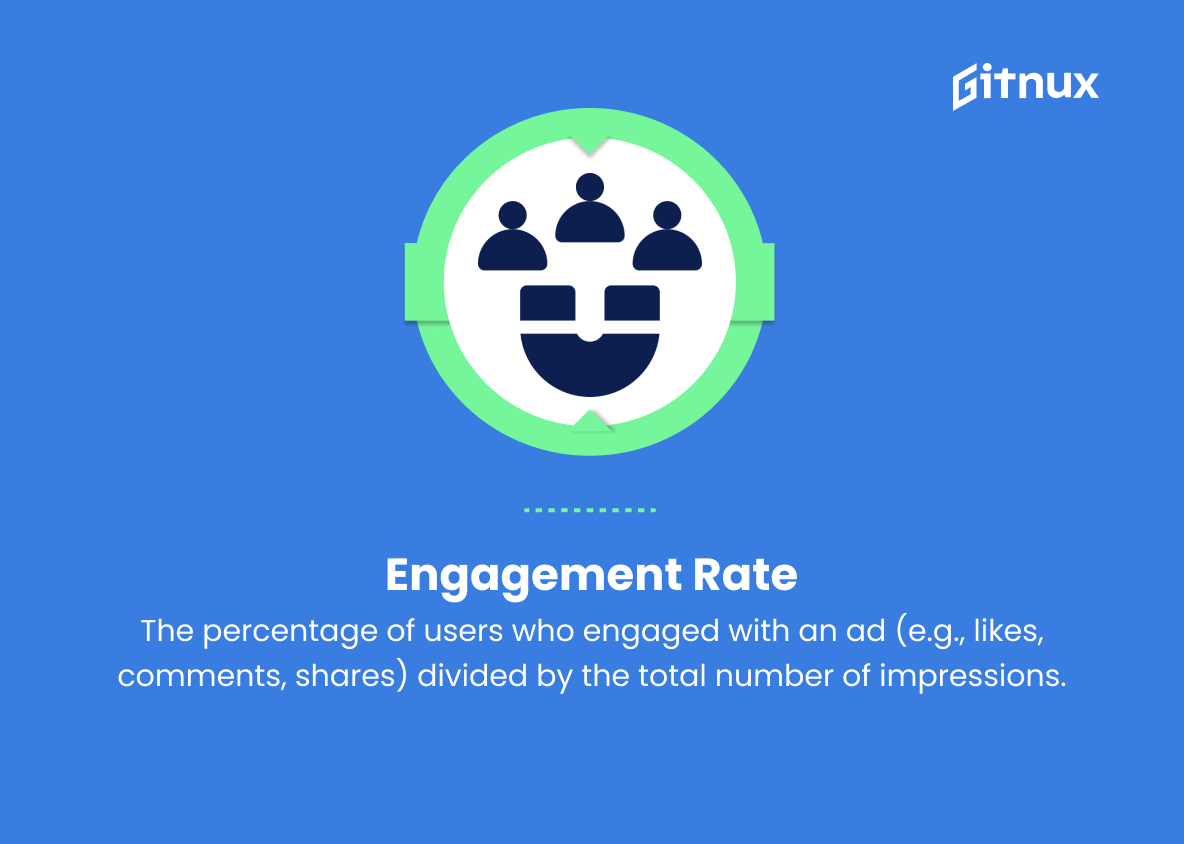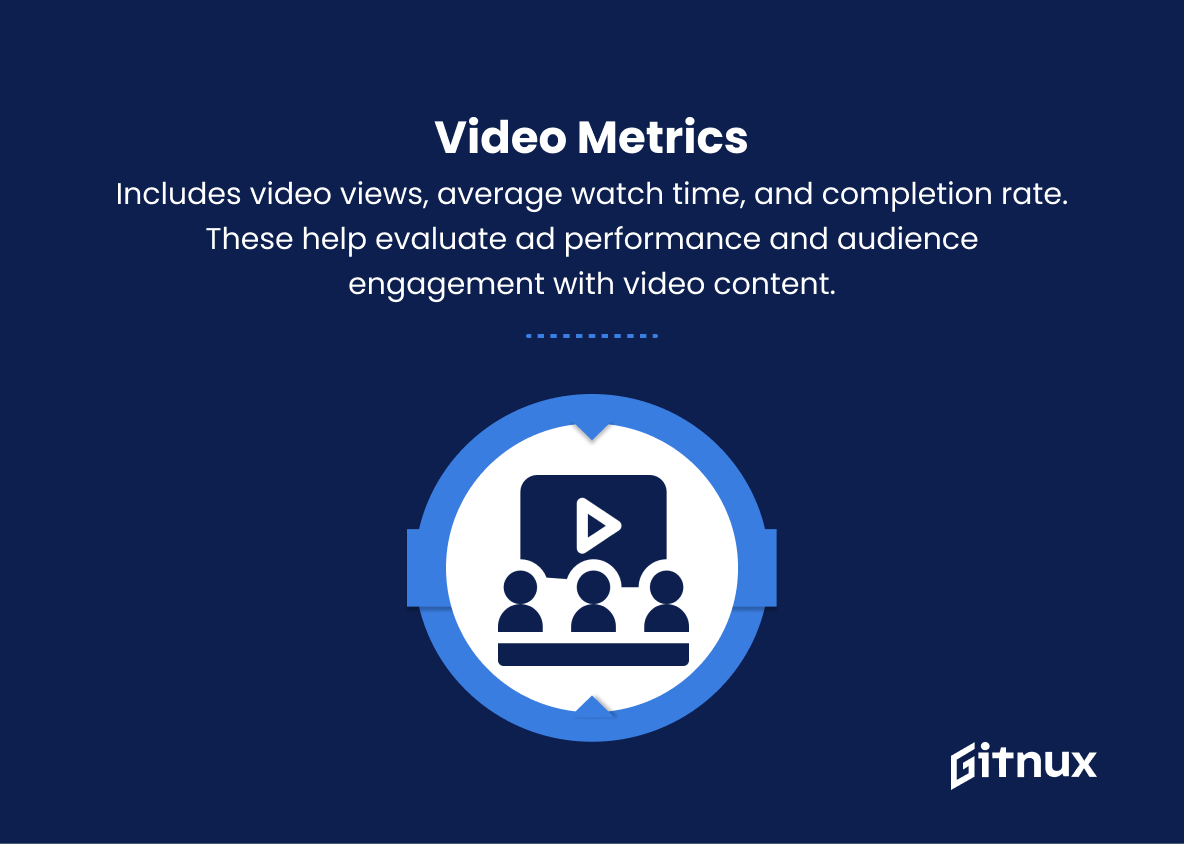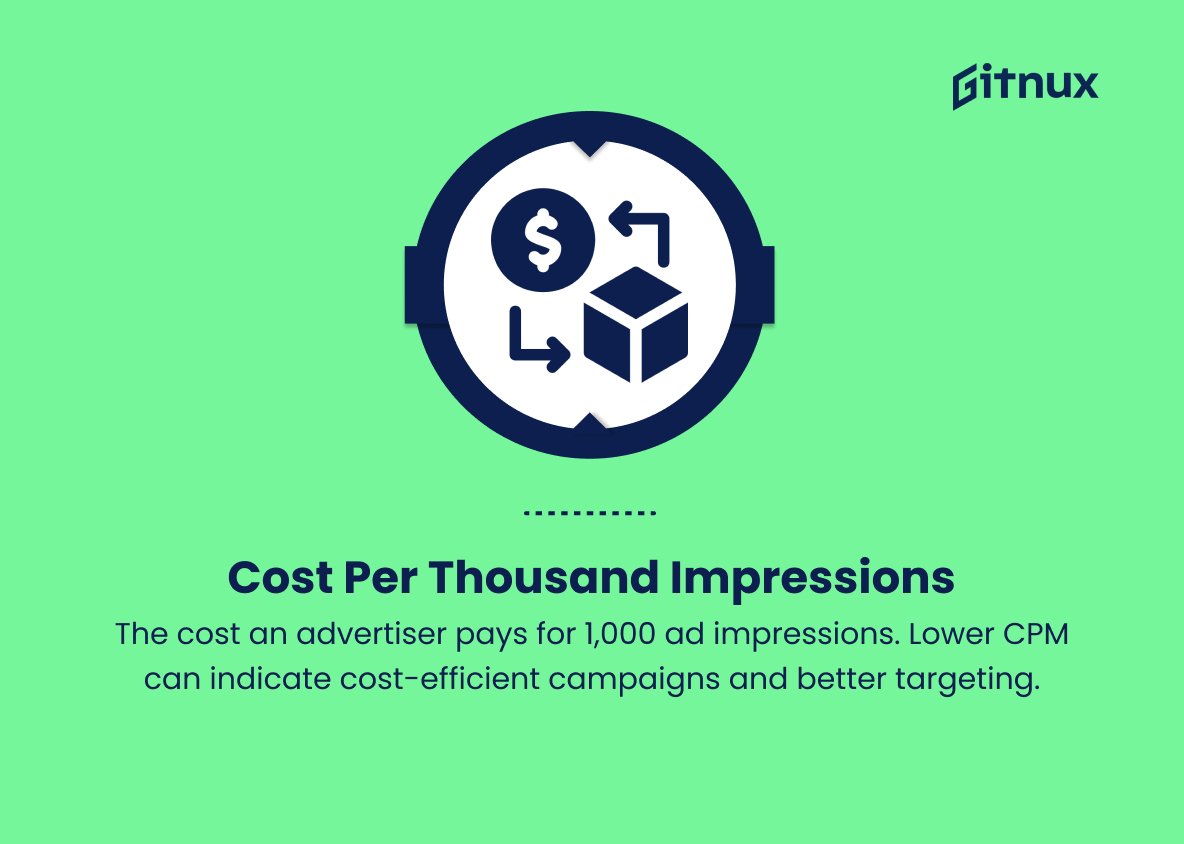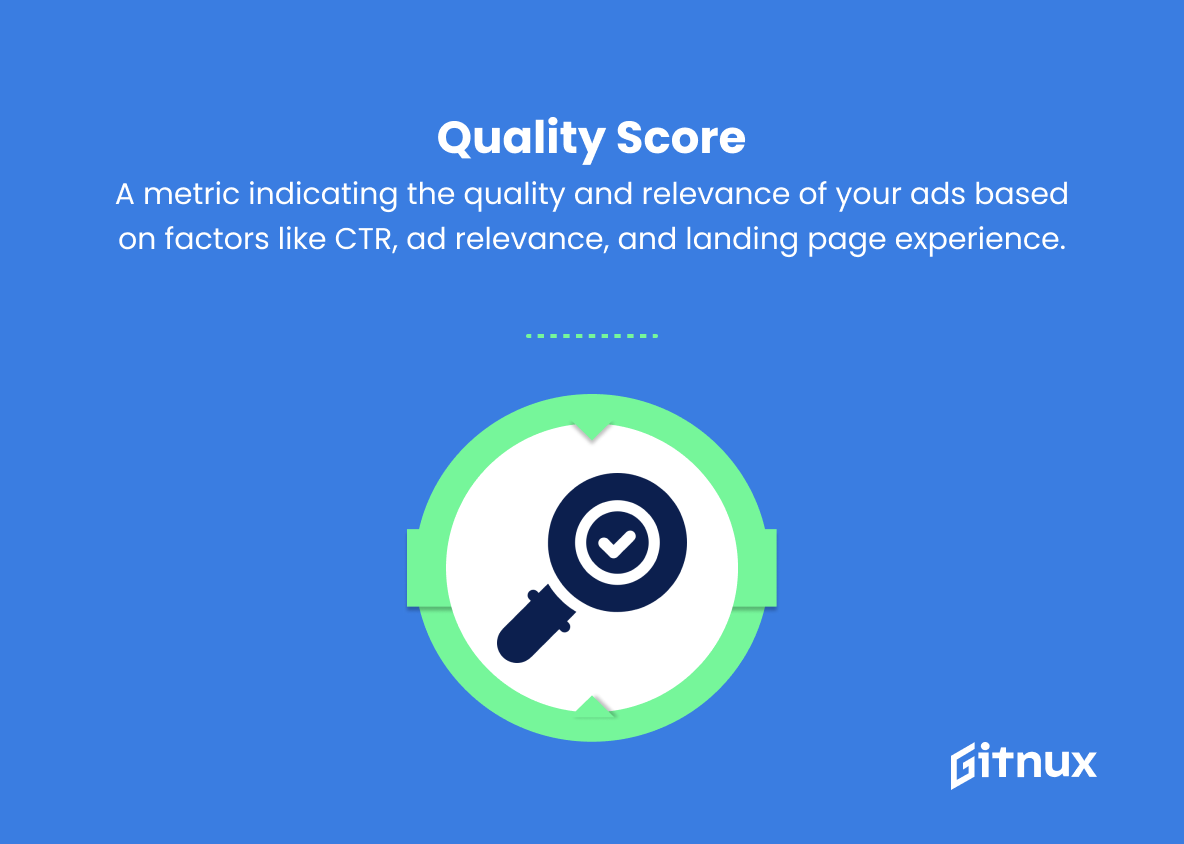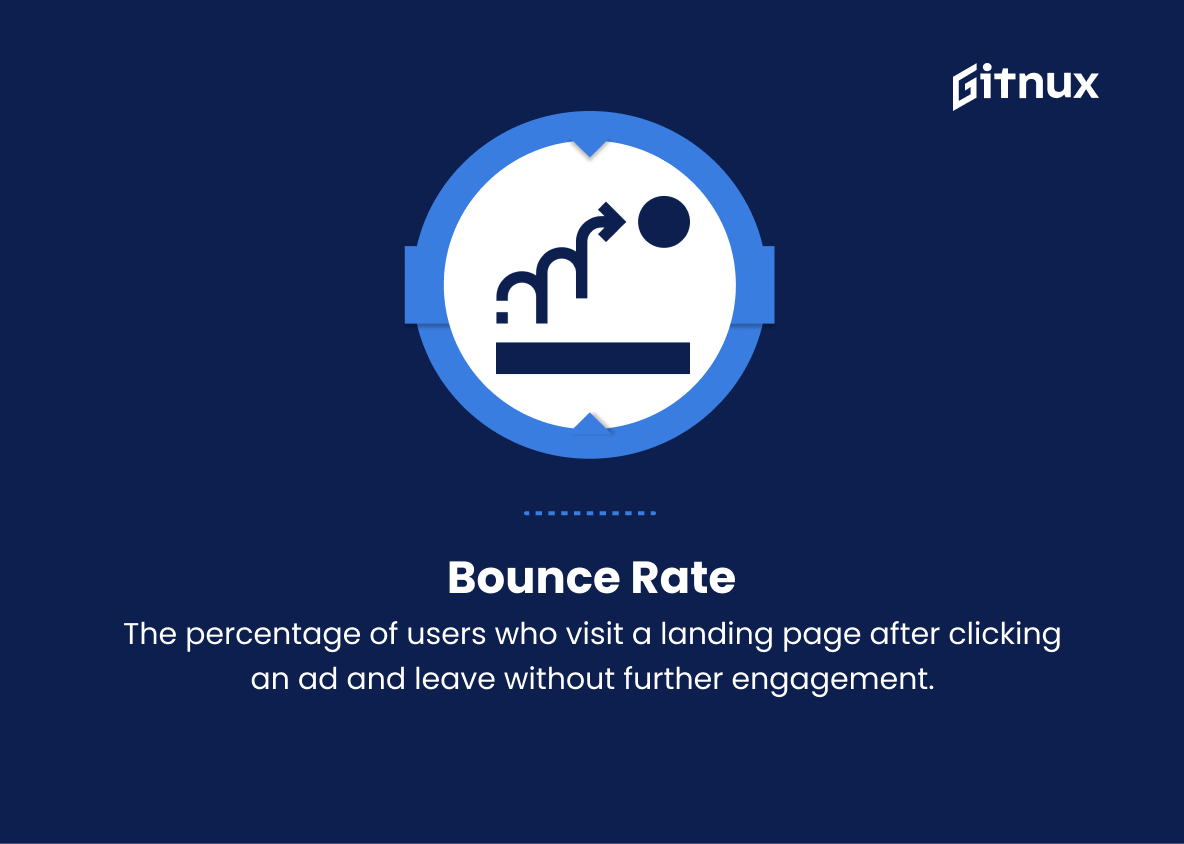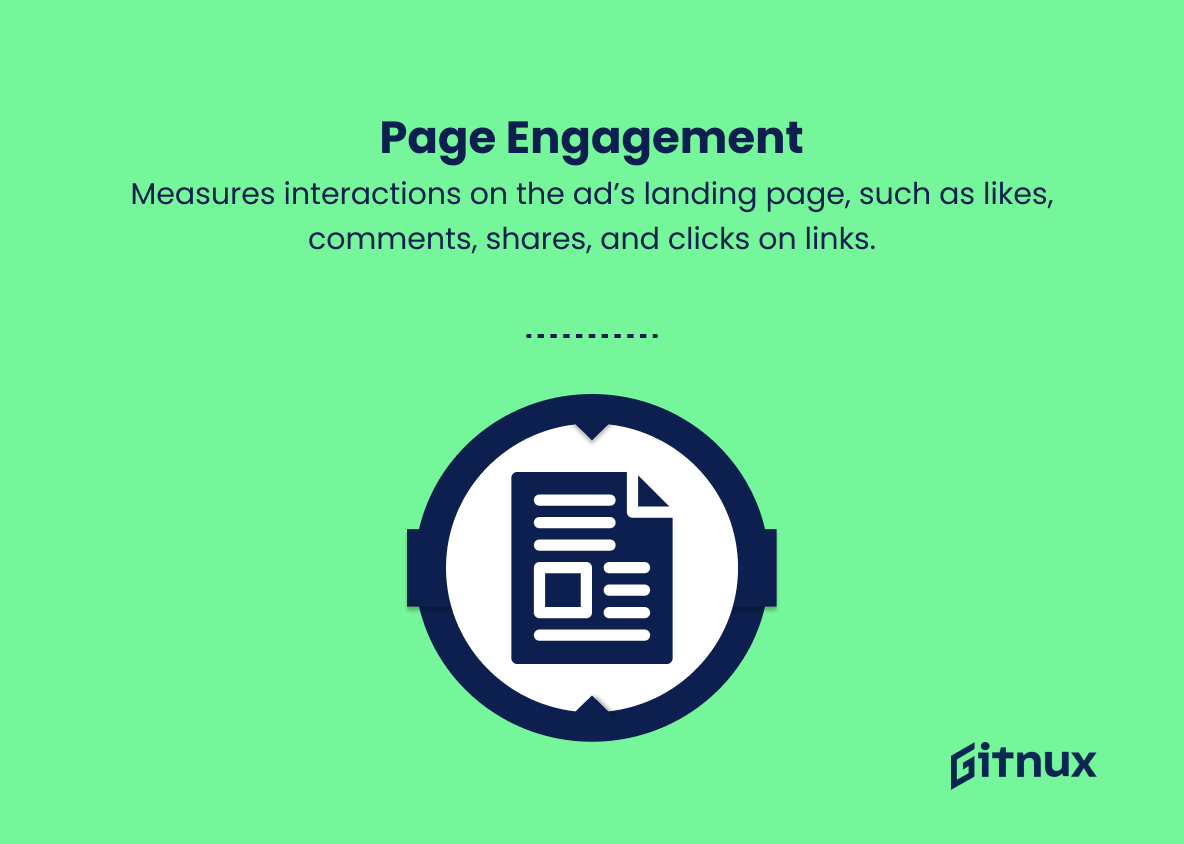In today’s fast-paced digital era, advertising on social media has become an increasingly crucial component for businesses to grow and thrive. Among the myriad of platforms available, Facebook Ads is undoubtedly one of the most effective tools for reaching your target audience and generating tangible results. However, the key to unlocking the full potential of your Facebook advertising lies in understanding and analyzing the various key metrics available.
In this comprehensive blog post, we will delve into the crucial performance indicators that you must be paying attention to, in order to effectively monitor, optimize, and ultimately maximize the return on your Facebook Ads investment. So, buckle up and get ready to elevate your advertising game to unprecedented heights with data-driven decisions and razor-sharp insights.
Facebook Ads Key Metrics You Should Know
1. Click-through Rate (CTR)
The percentage of users who clicked on an ad after seeing it, calculated by dividing the number of clicks by the number of impressions. High CTR indicates more engaging and relevant ads.
2. Cost Per Click (CPC)
The average cost an advertiser pays for a single click on their ad. Lower CPC indicates more cost-efficient ad campaigns.
3. Impressions
The number of times an ad was displayed on a user’s screen. High impressions indicate better ad reach and visibility.
4. Reach
The total number of unique users who saw the ad. High reach is essential for brand awareness and audience engagement.
5. Frequency
The average number of times a unique user sees an ad. High frequency may lead to ad fatigue, while low frequency may not be enough for a lasting impact.
6. Conversion Rate
The percentage of users who complete the desired action (e.g., sign-up, purchase, download) after clicking on an ad. High conversion rates signal effectively targeted and engaging ads.
7. Cost Per Conversion/Action (CPA)
The average cost an advertiser pays per completed action. Lower CPA indicates more cost-effective ads converting users to desired actions.
8. Return on Ad Spend (ROAS)
The revenue generated for every dollar spent on advertising. High ROAS suggests a profitable ad campaign.
9. Engagement Rate
The percentage of users who engaged with an ad (e.g., likes, comments, shares) divided by the total number of impressions. High engagement rates show that ads are resonating with the audience.
10. Video Metrics
Includes video views, average watch time, and completion rate. These help evaluate ad performance and audience engagement with video content.
11. Cost Per Thousand Impressions (CPM)
The cost an advertiser pays for 1,000 ad impressions. Lower CPM can indicate cost-efficient campaigns and better targeting.
12. Quality Score
A metric indicating the quality and relevance of your ads based on factors like CTR, ad relevance, and landing page experience. A high-quality score is essential for better ad ranks and lower costs.
13. Bounce Rate
The percentage of users who visit a landing page after clicking an ad and leave without further engagement. Low bounce rates show relevant and engaging landing pages.
14. Page Engagement
Measures interactions on the ad’s landing page, such as likes, comments, shares, and clicks on links. High page engagement indicates users find value in the content.
15. Negative Feedback
Actions taken by users to hide, report or otherwise show dissatisfaction with an ad. Low negative feedback suggests ad relevance and a positive user experience.
Facebook Ads Key Metrics Explained
The key metrics in Facebook Ads play a vital role in determining the overall performance and success of advertising campaigns. Metrics like Click-through Rate (CTR) and Cost Per Click (CPC) provide insights into ad engagement and cost efficiency, while Impressions and Reach showcase ad visibility and audience coverage. Frequency, Conversion Rate, and Cost Per Action (CPA) offer valuable information about user exposure, campaign effectiveness, and conversion costs.
Evaluating the Return on Ad Spend (ROAS) measures the profitability of an ad campaign, while Engagement Rate, Video Metrics, and Cost per Thousand Impressions (CPM) analyze audience interaction, video performance, and cost management. A high-quality score ensures better ad ranks and lower costs, and Bounce Rate and Page Engagement metrics reveal the effectiveness of landing pages in retaining users. Lastly, monitoring Negative Feedback can help advertisers maintain ad relevance and improve user experience, maintaining the overall campaign’s efficiency and success.
Conclusion
In conclusion, understanding and monitoring Facebook Ads key metrics is essential for any business or marketer looking to optimize their advertising campaign’s performance. By staying on top of these vital indicators – including click-through rates, conversion rates, cost per action, return on ad spend, and relevance score, among others – advertisers can make data-driven decisions and make the necessary adjustments to achieve maximum impact.
Being able to interpret these metrics and apply the insights gained will not only improve the effectiveness of your Facebook Ads but also contribute to the overall growth and success of your business. Stay informed, stay agile, and unlock the full potential of your Facebook Ads campaigns.


